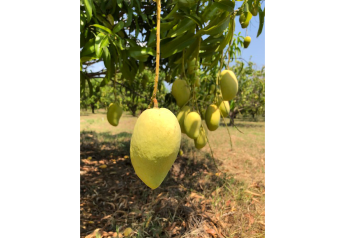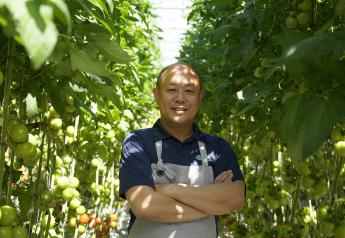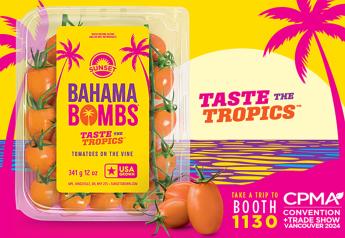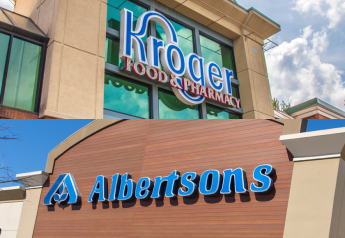Corrugated industry rides e-commerce demand to continued growth

Corrugated box production reached a record level in the pandemic year 2020, and the outlook for continued moderate growth is still in place.
The corrugated box industry shipped 407 billion square feet of product in 2020, equivalent to about 39 billion boxes, said Rachel Kenyon, senior vice president of the Chicago-based Fibre Box Association. That output was the highest since 1999 and up 3.4% from 2019, she said.
After hitting record levels in the late 1990s, corrugated output dipped substantially in the recession year of 2009 to just 345 billion square feet. Since then, corrugated growth had been on a slow climb through 2019. The extra jolt in 2020 corrugated demand attributed to COVID-19 related e-commerce transactions was real, Kenyon said.
“E-commerce has been growing for a while, but not at levels that really impacted the industry until last year,” Kenyon said. When demand jumped, Kenyon said suppliers responded. Shipments jumped to record levels in March last year, tailed off in April and May, but then increased in June and reached record levels again in September and October, she said.
“Our industry really ramped up to meet that need, and we’ve continued to operate at that high level,” she said. The U.S. is a net exporter of fiber from trees for corrugated boxes, so the domestic supply is large, and customers are not dependent on the recently clunky global supply chain. With holiday and e-commerce demand, Kenyon said corrugated shipments are expected strong through the end of the year.
“We have the ready supply of fiber here, and not only that, but we also recycled fiber,” she said, noting that an average corrugated box has 52% recycled content. With more than 1,100 corrugated production facilities in the U.S., each plant serves customers in about a 150-mile radius of each plant.
In addition, Kenyon said many suppliers have their own truck fleet, which allows them to sidestep the ongoing shortage of trucks and truck drivers. Corrugated packaging is widely recycled, which allows the industry to create new boxes from recycled content. The recovery rate for corrugated material is around 90%, she said. For antitrust reasons, Kenyon said the Fibre Box Association does not track prices or the inflation experienced by the corrugated suppliers and customers.
Credit where credit is due
Corrugated manufacturers want to make sure regulators and lawmakers credit the work the industry has already done to encourage recycling. “An average box has 52% recycled content, but we are always looking for improvement,” Kenyon said.
Next year, Kenyon said the Fibre Box Association plans to issue its fourth update of the corrugated life cycle assessment since the first report was issued in the early 2000s. The document will report metrics such as greenhouse gas emissions.
“We are always looking for continuous improvement and how are our practices are performing,” she said. In addition, the industry is looking at the issue of formally certifying corrugated packaging as compostable. Corrugated dry box packaging is produced from fiber, starch and water, and will naturally biodegrade.
While continuing to encourage all consumers who receive e-commerce boxes to recycle those boxes, Kenyon said the industry is working toward having the corrugated box certified as compostable.
Commercial locations such as grocery stores have been “wonderful partners” in baling corrugating boxes and sending them back to manufacturers to create new boxes, and Kenyon encouraged the produce industry supply chain to remind consumers to recycle boxes they receive with e-commerce transactions.
“The big push for us is to encourage consumers to recycle, so if there’s anything produce companies or grocery retailers can to say to consumers, ‘If you get a box in your home, please recycle it in recycling bin’; it’s really important for us to get that fiber back,” she said. “We need that fiber.”
Read related:
Les Crudettes salads stay fresh in Mondi’s recyclable functional barrier paper
Report: Low carbon footprint to boost sales of packaged fresh fruits
90% of consumers say sustainability in produce packaging is very important
Costs and sustainability represent key dynamics in produce packaging, industry leaders say
Type of packaging important, but consumers say price holds sway over decisions







